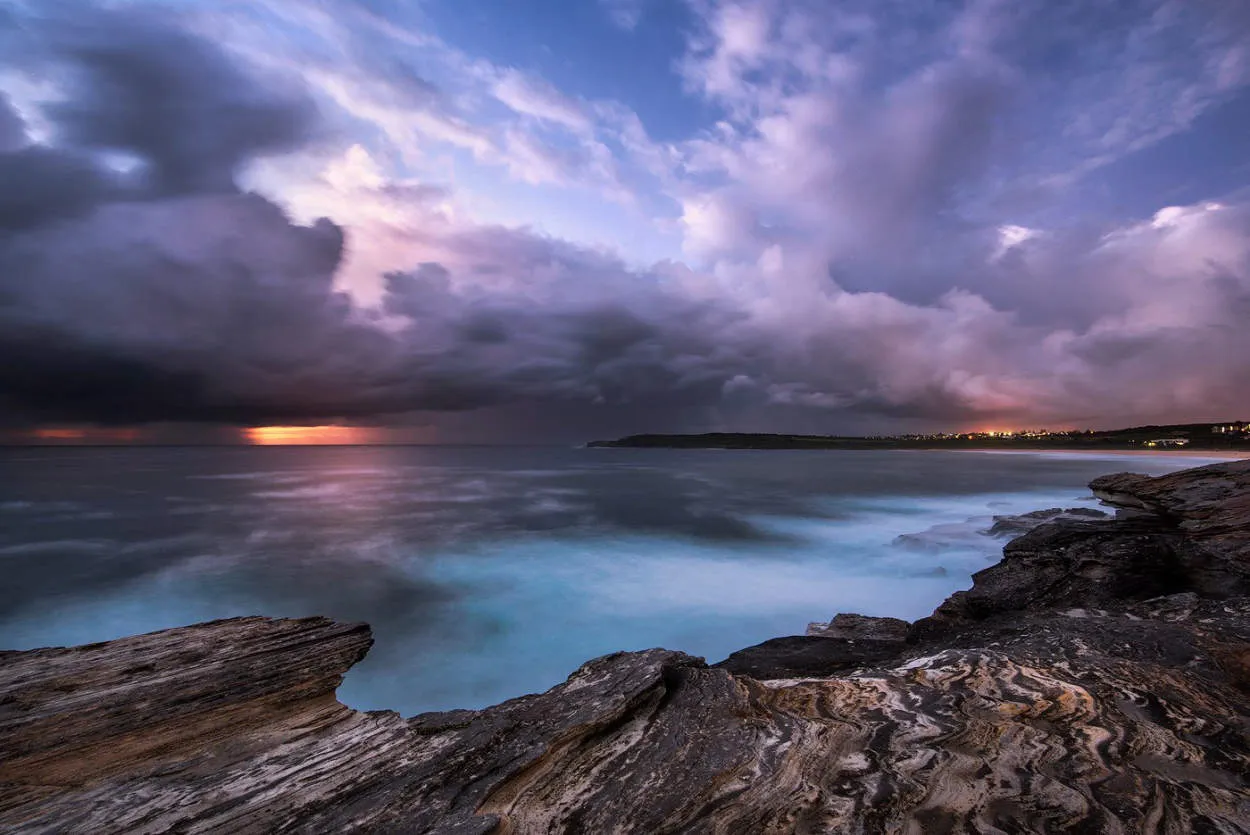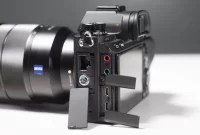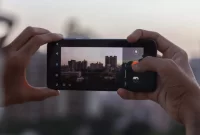Long exposure photography is a technique that captures stunning images by keeping the camera shutter open for an extended period. This mesmerizing style not only allows us to capture motion and light in a unique way but also reveals details that our eyes may miss. In this article, we will explore why cameras excel at creating breathtaking long exposure photographs.
The Role of Shutter Speed in Long Exposure Photography
Long exposure photography is a technique that allows capturing stunning images of stationary subjects while emphasizing motion. When it comes to mastering this technique, understanding the role of shutter speed is essential.
Shutter speed refers to the length of time the camera’s shutter remains open. In long exposure photography, a slower shutter speed is used to capture more light and allow for a longer exposure time. This creates interesting effects such as blurring moving objects or creating smooth, dreamy waterfalls.
By adjusting the shutter speed, photographers can control the amount of light that enters the camera sensor and the effect it produces. Slower shutter speeds, like a few seconds or minutes, can produce stunning light trails, starry skies, or smooth, silky water. On the other hand, faster shutter speeds can freeze motion and capture crisp details in a scene.
Experimenting with different shutter speeds is crucial to achieving the desired effect in long exposure photography. It’s important to keep in mind that using slow shutter speeds often requires the use of a tripod or another stabilizing technique to avoid camera shake.
While long exposure photography can be challenging, understanding the role of shutter speed is a key element in mastering this technique. By manipulating the shutter speed, photographers can unlock the creative potential of capturing motion and creating captivating images.
The Benefits of Bulb Mode in Cameras for Long Exposures
In the world of photography, long exposure shots have become increasingly popular. They allow photographers to capture stunning images of flowing water, star trails, light paintings, and more. While there are different techniques to achieve long exposures, one of the most effective methods is using the bulb mode on cameras.
The bulb mode gives photographers full control over the exposure time, allowing them to keep the camera’s shutter open for an extended period. This feature is especially useful in situations where the available light is limited, such as night photography or indoor settings.
So, what are the specific benefits of using bulb mode for long exposures? Let’s explore:
1. Flexibility in Exposure Length
With bulb mode, photographers are not restricted to fixed exposure times. They can choose precisely how long they want to keep the shutter open, giving them the freedom to experiment with different creative effects. Whether it’s capturing light trails from passing cars or creating dreamy waterfalls, the flexibility of bulb mode is unmatched.
2. Capturing Low-light Scenes with Ease
Long exposure photography often involves shooting in dimly lit environments. By utilizing bulb mode, photographers can gather as much light as needed, resulting in well-exposed images without the need for high ISO settings or artificial lighting. This means less noise and greater clarity in low-light scenes.
3. Creating Artistic Movements and Light Trails
Bulb mode is perfect for capturing movements and light trails. By keeping the shutter open for an extended period, photographers can record the journey of moving subjects or create mesmerizing patterns of light. This technique brings a sense of dynamism and adds an artistic touch to the photographs.
4. Exploring Astrophotography Possibilities
Shooting the night sky and celestial bodies is a captivating aspect of long exposure photography. Bulb mode allows photographers to capture the beauty of stars, planets, and even Milky Way. The extended exposure time enables the camera to gather more light from distant objects, resulting in breathtaking astrophotography shots.
In conclusion, the bulb mode in cameras offers several benefits for long exposures. Its flexibility in exposure length, ability to capture low-light scenes, and potential for creating artistic movements make it an essential feature for photographers who want to explore the world of long exposure photography.
ND Filters: Indispensable Tools for Long Exposure Photography
Long exposure photography is a technique that allows photographers to capture stunning images of motion and time. It involves leaving the camera shutter open for an extended period, resulting in blurred, flowing effects. While cameras are capable of capturing long exposures, the use of ND filters can significantly enhance the quality of these photos.
ND (Neutral Density) filters are essential accessories for long exposure photography. These filters are designed to reduce the amount of light entering the camera, allowing for longer exposure times. They come in various densities, indicated by different stops, such as ND2, ND4, and ND8, among others.
By using ND filters, photographers can achieve several advantages. Firstly, they can control the amount of light that reaches the camera sensor, which is crucial for capturing longer shutter speeds. This control helps in achieving the desired effect, especially in bright environments where long exposures would be impossible without the filter.
Secondly, ND filters allow photographers to create motion blur in daylight conditions. By slowing down the shutter speed, moving objects like clouds or water can appear smooth and ethereal, adding a sense of movement to the final image. This effect is particularly popular in landscape and seascape photography.
Lastly, ND filters provide photographers with more flexibility in choosing their aperture settings. With less light entering the camera, larger apertures can be used to create a shallow depth of field, resulting in a more artistic and visually appealing photo.
In conclusion, ND filters are indispensable tools for long exposure photography. They enable photographers to control light, create motion blur, and enhance the overall quality of their images. Whether shooting landscapes, cityscapes, or seascapes, these filters are a valuable addition to any photographer’s gear.
Tips for Capturing Stunning Light Trails
Long exposure photography is a technique that allows us to capture mesmerizing light trails. When it comes to capturing these light trails, cameras have an advantage over the human eye. Here are some tips to help you capture stunning light trails in your photographs:
- Choose the right location: Look for places with interesting light sources, such as busy streets, highways, or urban environments with city lights.
- Time it right: Light trails are usually more prominent during the evening or night when there is less ambient light.
- Use a tripod: Stability is key in long exposure photography. A sturdy tripod will help you keep your camera steady and avoid blurry shots.
- Select the appropriate shutter speed: Experiment with different shutter speeds to achieve the desired effect. A longer shutter speed, typically a few seconds or more, will create longer light trails.
- Aperture and ISO settings: Adjust your aperture to control the amount of light entering the camera. Lower ISO settings, such as ISO 100, will result in cleaner images with less digital noise.
- Experiment with different angles and compositions: Be creative and try capturing light trails from various perspectives. Play around with framing and composition to add depth and interest to your photos.
- Use remote shutter release or timer: Minimize camera shake by using a remote shutter release or the camera’s timer function to trigger the shot.
Remember, capturing stunning light trails takes practice and experimentation. Don’t be afraid to try different techniques and settings to achieve the desired results. With patience and creativity, you can create unique and captivating long exposure photographs with mesmerizing light trails.
Conclusion
In conclusion, cameras excel in capturing long exposure photographs due to their ability to control shutter speed, reduce noise, and provide stability. The use of tripods, remote triggers, and advanced settings allows photographers to achieve stunning images with minimal blur and maximum light capturing, making cameras the preferred choice for long exposure photography.




